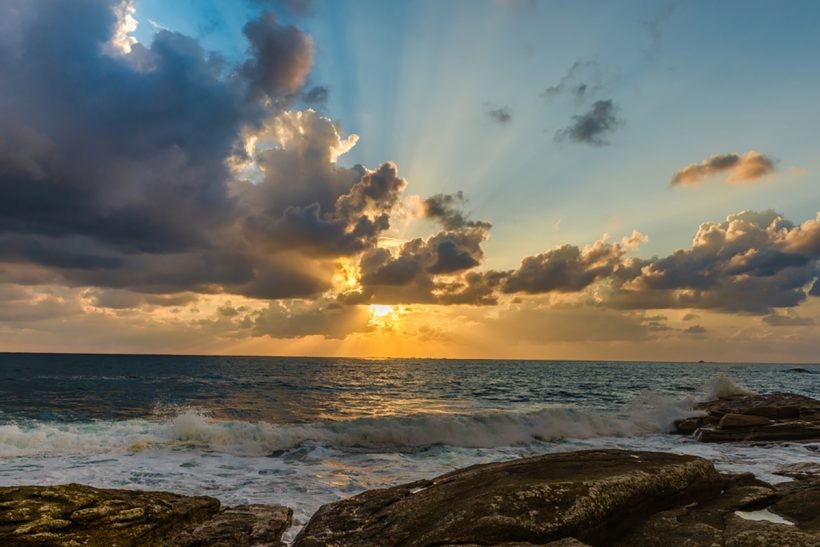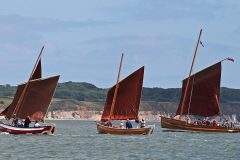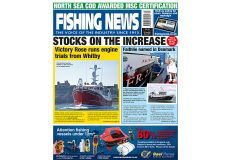But challenges ahead on discards ban says Brussels.
The Commission has given an upbeat assessment of North Sea and North Western Waters stocks in a consultation on fishing opportunities for 2018, reports Tim Oliver.
But it says more stocks need to be fished at MSY levels, which will be a central consideration when setting TACs for 2018.
Brussels also warns there are challenges in implementing the landing obligation and says it is considering scrapping TACs for some species.
In terms of progress towards meeting MSY targets, it says that in 2017 the number of TACs set in line with MSY advice increased to 44 – 61% of all catches in the NE Atlantic. Average stock biomass in the region increased 35% between 2003 and 2015.
There is also a better balance between fishing capacity and fishing opportunities. Between 2007 and 2015, the number of EU vessels decreased by 6%, engine power by 14% and tonnage by 24%.
In all TAC regions, the rate of fishing above the level needed to achieve MSY has decreased considerably. “Overall, overexploitation has declined drastically across all areas, with the exception of the Mediterranean and the Black Sea,” says the Commission.
North Sea
North Sea stocks are continuing to improve, with 59% of landings coming from sustainably-managed stocks. In line with MSY, the sole TAC has increased 21% and Nephrops 46%. Saithe is fished at levels below MSY and the TAC is 53% higher.
Haddock was reduced by 45% in line with MSY advice, but the stock is expected to increase thanks to better recruitment in the past few years. Both cod and whiting continue to be fished at levels slightly above MSY, and plaice and sole are fished at levels below MSY.
North Western Waters
The northern hake stock continues to grow and has expanded further into the North Sea – the TAC has increased 10% in line with MSY. Celtic Sea and Irish Sea herring are within safe biological limits, but have undergone TAC cuts of 6% and 10% respectively, reflecting stock trends.
The Nephrops TAC in area VII has increased 9%, with a peak increase of 68% for Porcupine Bank. Eastern Channel sole has fallen by 16% in line with the industry management approach; additional conservation measures have been set for this fishery. Western horse mackerel has fallen 23%.
In the West of Scotland 63% of landings come from sustainably-managed stocks and in the Irish Sea the figure is 55%. “Significant challenges remain in the latter, as both cod and whiting stocks are severely depleted,” says the Commission. Fishing mortality for cod is well above MSY, and while whiting is fished at levels well below MSY, it shows no sign of recovery.
In the Celtic Sea, 37% of landings are within sustainable limits. “The mixed fishery for cod, haddock and whiting remains a challenge when setting fishing opportunities,” says the Commission. TACs for whiting and haddock have risen by 21% and 7% respectively, alongside a 38% reduction for cod.
“The Celtic Sea cod stock is depleted and fished above MSY. The difficulty here is that cod are caught across a range of mixed fisheries, where more selectivity for cod will also result in fewer catches of other target species.” Whiting is exploited at levels below MSY and haddock above MSY.
The percentage of stocks within safe biological limits is also increasing in the North East Atlantic. In 2015, 68% of stocks were within safe biological limits – almost double the figure of just 35% in 2003.
Pelagic species
In 2016, the overall mackerel TAC for all states increased by 14% to just over 1m tonnes, due to a long-term management strategy agreed between the EU, Norway and Faroe. The blue whiting TAC was set in line with MSY levels and rose sharply to 1.3m tonnes and a new strategy was agreed.
For Atlanto-Scandian herring an agreed overall catch limit below MSY allowed the NE Atlantic TAC to increase to almost 650,000t.
Some TACs may be scrapped
The Commission says implementation of the landing obligation has progressed well for North Western Waters demersal fisheries but ‘more concerted effort’ is needed for North Sea demersal fisheries.
In an effort to address the choke species problem created by non-target and by-catch species, the Commission scrapped the TAC for North Sea dab and flounder earlier this year. This was welcomed by stakeholders and the Commission is now ready to discuss scrapping more TACs – if there is no risk to the conservation of the stock, and ICES agrees.
NFFO chief executive Barrie Deas said it was not known what specific stocks the Commission may have in mind. He told Fishing News: “We were told by the Commission this week that it is about to commission a study on applying TACs only to primary or target stocks, and dealing with the others on a risk-based approach.
“This is something that we have been asking for in the advisory councils, because applying TACs to stocks where that doesn’t make sense multiplies the risk of serious chokes when the landing obligation is fully implemented.”
In the North Sea, 82% of all TACs are now under the landing obligation, and in North Western Waters 86%.
In terms of volumes of demersal landings this amounts to 28% in the North Sea and 46% in North Western Waters.
The Commission says member states have highlighted ‘a number of challenges’ in respect of the landing obligation that will require ‘concerted efforts from industry and administrations’.
It will discuss with member states and the industry on how to make use of the available tools to mitigate choke effects and to address issues around the marketing of undersized catches. Industry and member states should also do more to improve data on discards.
“Fishing opportunities for stocks subject to the landing obligation should be fixed taking into account catches rather than landings. But TAC adjustments should not jeopardise the MSY objective or increase fishing mortality,” says the Commission.
Read more from Fishing News here.






